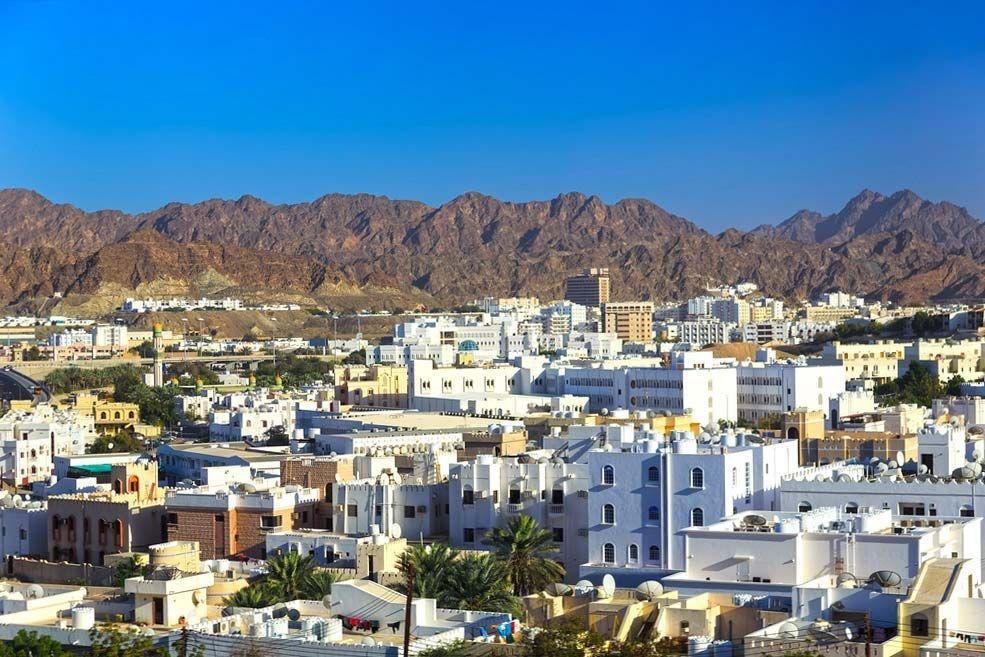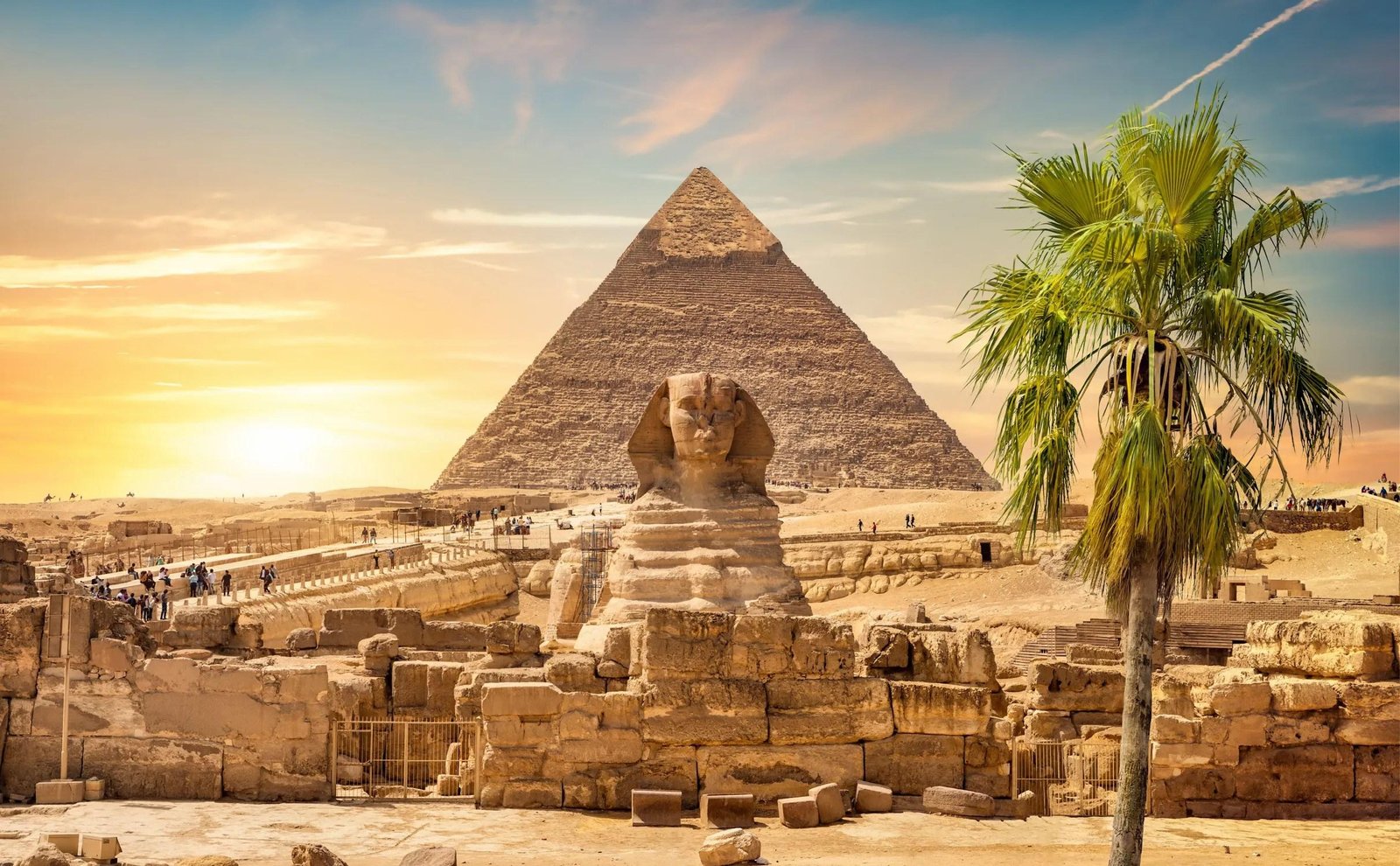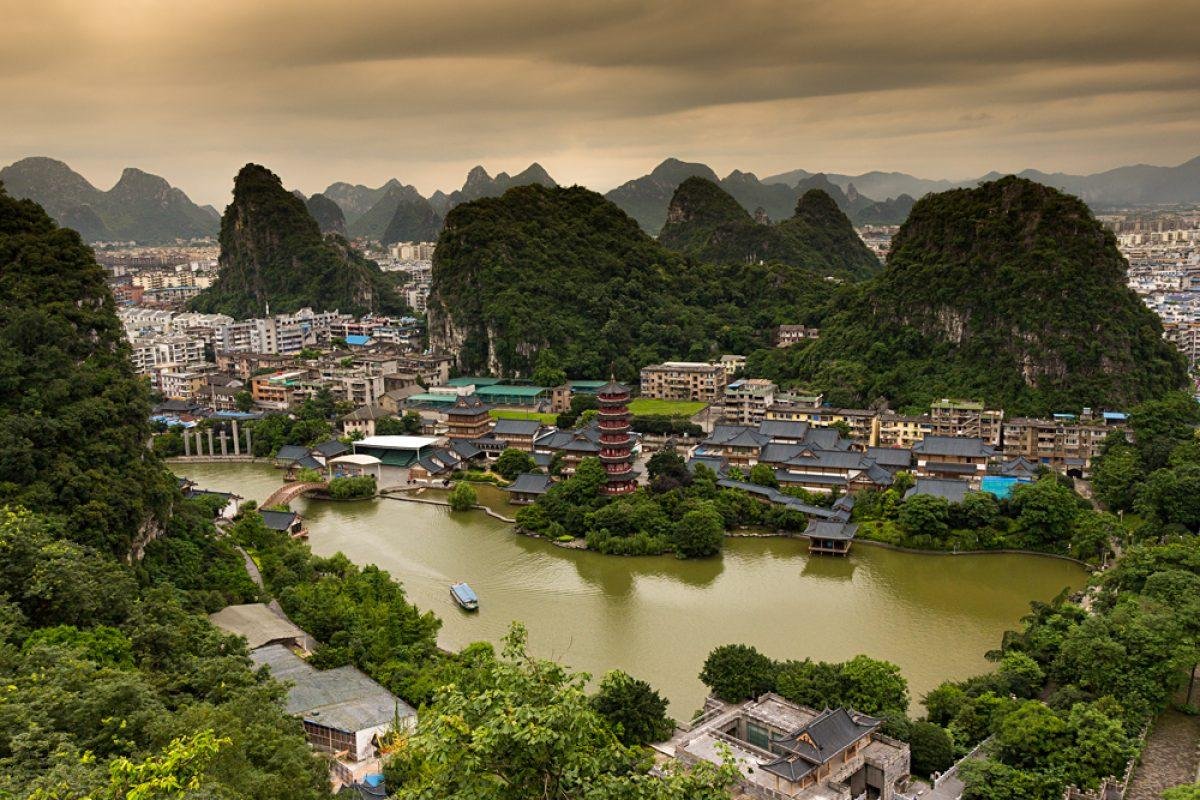Muscat, the capital city of Oman, is a captivating blend of traditional Arabian architecture and modern design, reflecti...
The Architectural Diversity of Rio de Janeiro, Brazil

Rio de Janeiro, known for its stunning landscapes and vibrant culture, is also a city rich in architectural diversity. From colonial-era structures to modernist masterpieces, Rio's architecture reflects its historical evolution and the blending of various cultural influences. As a UNESCO World Heritage site, the city showcases a unique fusion of styles that narrate its complex story.
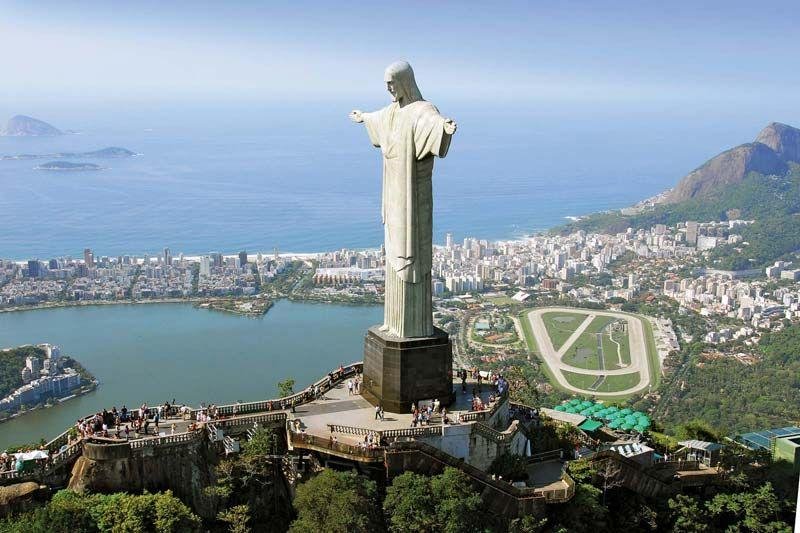
One of the most iconic landmarks is the Christ the Redeemer statue, perched atop Corcovado Mountain. This colossal figure, completed in 1931, is a symbol of Brazilian Christianity and features Art Deco design elements. The statue’s outstretched arms offer a breathtaking view of the city, representing both faith and hospitality. Its construction marked a significant moment in Rio’s architectural history, combining religious symbolism with innovative engineering.
In the city’s downtown area, the Theatro Municipal stands as a testament to the opulence of the early 20th century. Inspired by the Paris Opera House, this majestic building features a neoclassical façade adorned with statues and intricate details. Inside, the theater boasts a grand auditorium with stunning chandeliers and frescoed ceilings, making it a cultural hub for performances and events. The Theatro Municipal is not only an architectural gem but also a center for the performing arts, showcasing the city’s rich cultural heritage.
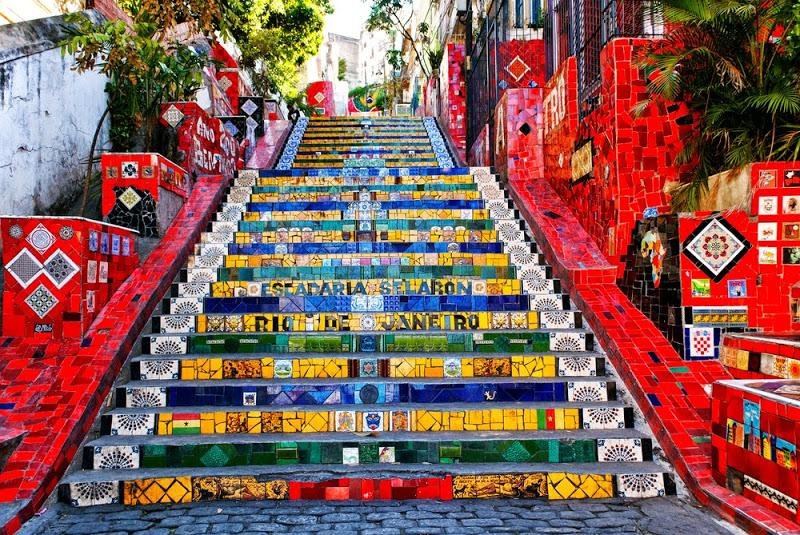
The Selarón Steps, created by Chilean-born artist Jorge Selarón, are a vibrant mosaic staircase that connects the Santa Teresa neighborhood to the Lapa district. Completed in 2013, the steps are adorned with over 2000 colorful tiles from around the world, reflecting the artist's vision of unity and diversity. This public artwork has become a symbol of Rio’s creative spirit and draws both locals and tourists to its lively colors and unique design.
Rio's colonial past is evident in the historic Santa Teresa neighborhood, characterized by its winding streets and charming houses. The architectural style here features ornate details, wooden balconies, and vibrant colors, reflecting the city’s rich cultural tapestry. The area is home to cultural institutions, art galleries, and cafes, making it a hub for artists and creatives. The iconic Bonde de Santa Teresa tram enhances the charm of this neighborhood, providing a nostalgic mode of transportation through its picturesque streets.
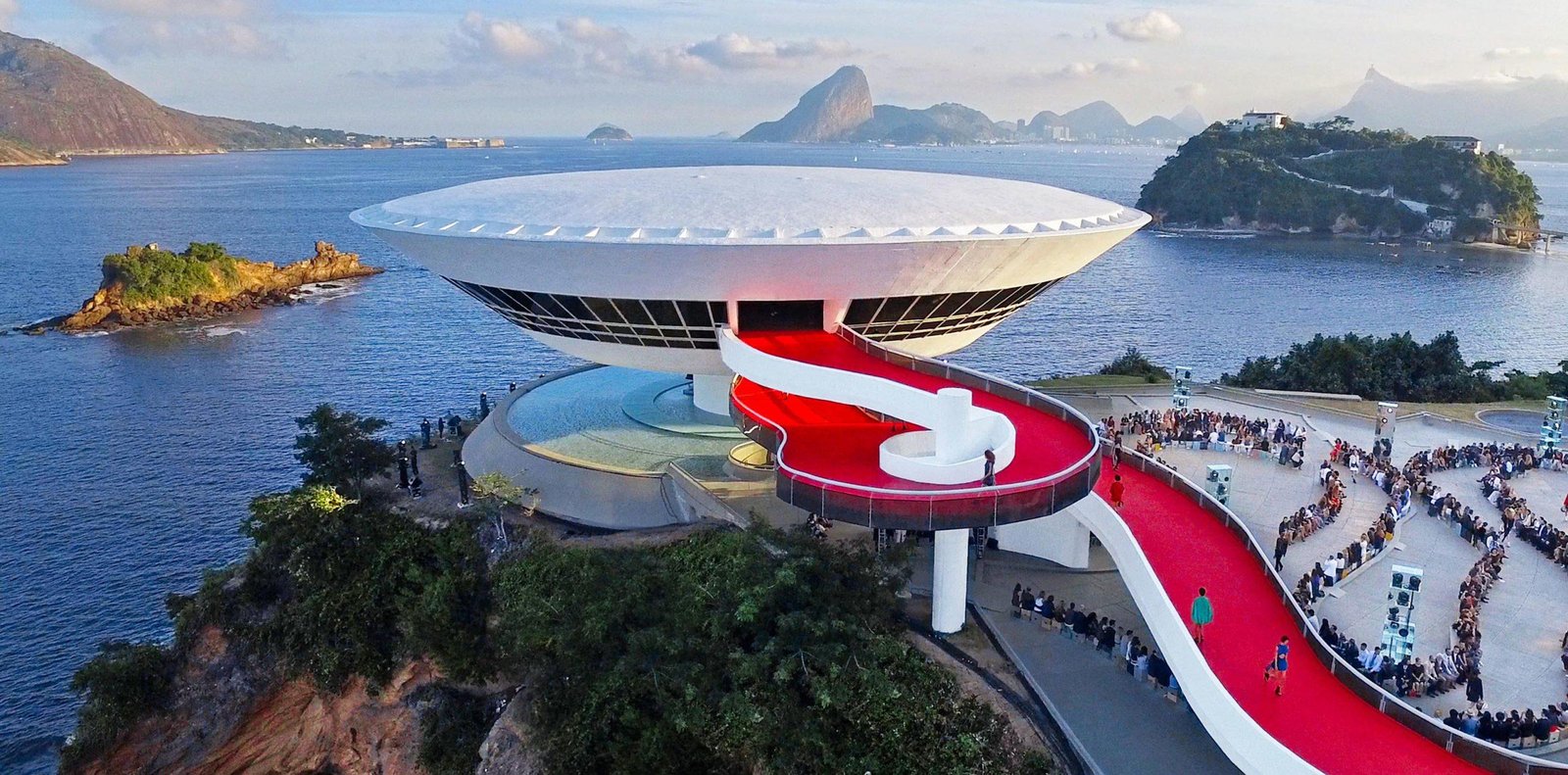
The modernist movement in Brazil is epitomized by the work of architect Oscar Niemeyer, whose designs are prominent throughout Rio. The Niterói Contemporary Art Museum, located across Guanabara Bay, is a striking example of his vision. The building’s futuristic shape resembles a flying saucer, with a cantilevered roof that offers stunning views of the coastline. Inside, the museum houses an impressive collection of contemporary art, further solidifying its role as a cultural landmark.
Another notable work by Niemeyer is the Copan Building, located in the heart of São Paulo. This iconic residential structure features a wave-like design that challenges traditional architectural norms. With over 1,000 apartments, the building’s unique curvature stands out against the skyline, embodying the spirit of modernist architecture in Brazil. Niemeyer’s innovative use of concrete and fluid forms has left an indelible mark on the city’s architectural landscape.
The Museu do Amanhã (Museum of Tomorrow), designed by Spanish architect Santiago Calatrava, is a contemporary masterpiece located in the revitalized Porto Maravilha area. The museum’s futuristic design features a dynamic structure that resembles a bird in flight, with large overhangs that provide shade. The space focuses on sustainability and innovation, making it a hub for scientific exploration and environmental awareness. Its location near the waterfront enhances the visitor experience, offering stunning views of the city and the bay.
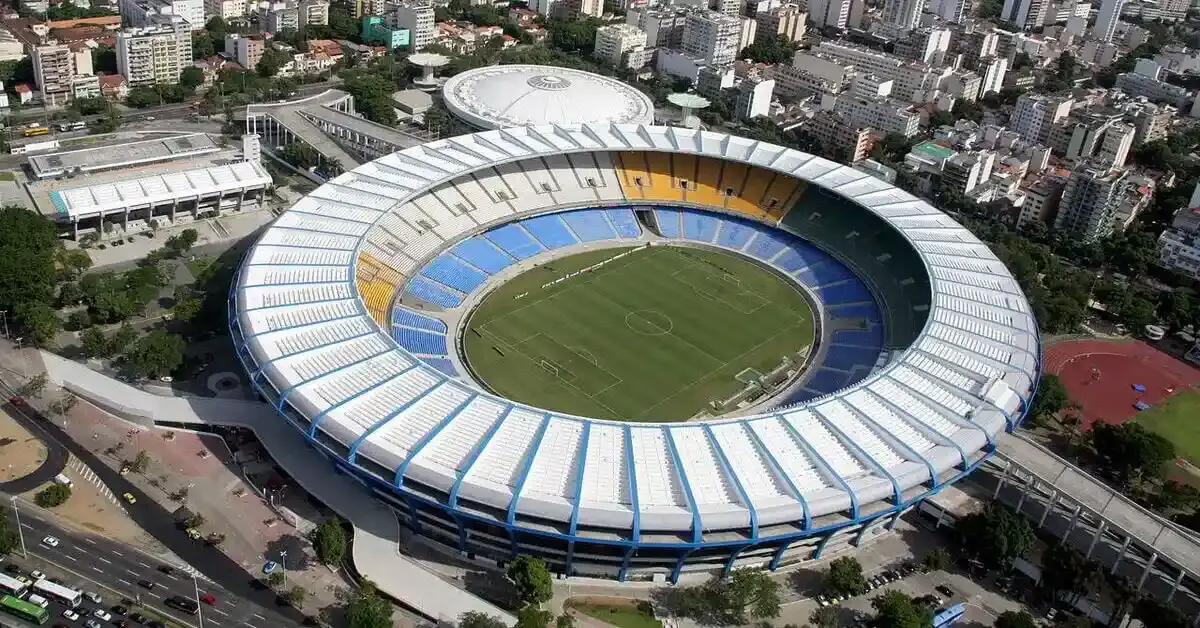
The Maracanã Stadium, one of the most famous football stadiums in the world, is another architectural highlight of Rio de Janeiro. Originally built for the 1950 FIFA World Cup, the stadium underwent renovations in preparation for the 2014 World Cup and the 2016 Summer Olympics. Its iconic circular design and capacity to hold over 78,000 spectators make it a central venue for sporting events and concerts. The Maracanã Stadium is a symbol of Brazil’s passion for football and a testament to the city’s ability to host major international events.
The iconic Sugarloaf Mountain (Pão de Açúcar) is also an essential part of Rio’s architectural narrative. The mountain, with its distinctive shape, is connected to the city through a cable car system that offers stunning views of the surrounding landscape. The Sugarloaf is not only a natural wonder but also a significant tourist attraction, showcasing the harmonious relationship between nature and architecture in Rio.
Rio de Janeiro’s architectural landscape is further enriched by its many churches and cathedrals. The Metropolitan Cathedral of Saint Sebastian, with its striking modernist design, features a unique cone-shaped structure that rises dramatically above the city. The cathedral’s interior is adorned with colorful stained glass windows that illuminate the space with vibrant light. This combination of contemporary design and spiritual significance makes it an important landmark in the city.
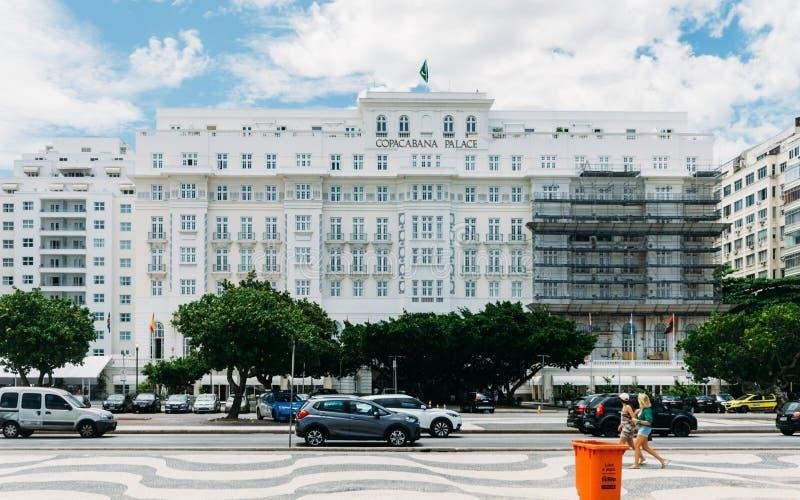
The city’s neighborhoods, such asIpanema and Copacabana, are also known for their unique architectural styles. The iconic Copacabana Palace Hotel, designed in the 1920s, exemplifies the glamor of the Art Deco movement. With its grand façade and luxurious interiors, the hotel has hosted numerous celebrities and dignitaries over the decades. Its location along the famous Copacabana beach makes it a central part of Rio’s cultural and social scene. The beach promenade, designed by landscape architect Roberto Burle Marx, features a wave-patterned mosaic of black and white stones, adding to the visual appeal of the area.
Ipanema, made famous by the song "The Girl from Ipanema," boasts a mix of modern and traditional architecture. The neighborhood is characterized by high-rise apartment buildings with balconies that overlook the beach. The area’s vibrant atmosphere is complemented by trendy shops, cafes, and art galleries. The architectural design of Ipanema reflects the city's coastal lifestyle, where residents and visitors enjoy the sun, sea, and cultural activities.
The Botanical Garden of Rio de Janeiro (Jardim Botânico) is another noteworthy site, blending nature with architecture. Founded in 1808, the garden features a stunning collection of tropical plants, trees, and fountains. The historic greenhouses and colonial-era structures within the garden showcase the harmony between the natural and built environments, creating a tranquil oasis in the bustling city. The garden serves as a space for education, conservation, and relaxation, attracting visitors seeking respite from urban life.
Rio’s commitment to preserving its architectural heritage is evident in the revitalization projects undertaken in various neighborhoods. Areas like Porto Maravilha have undergone significant transformation, turning former industrial zones into vibrant cultural districts. The addition of public spaces, art installations, and modern buildings has breathed new life into the area while respecting its historical context. This integration of contemporary design with historical architecture showcases Rio’s adaptability and vision for the future.

Cultural events and festivals in Rio de Janeiro often take place in historic venues and public spaces, celebrating the city’s architectural beauty. The Rio Carnival, one of the largest and most famous celebrations in the world, transforms the city into a vibrant spectacle of music, dance, and color. The Sambadrome, designed by Oscar Niemeyer, serves as the main venue for the parades, showcasing the intersection of architecture and cultural expression.
The culinary scene in Rio is also deeply intertwined with its architectural identity. Many restaurants and bars are housed in beautifully restored historic buildings, offering a unique atmosphere to enjoy traditional Brazilian cuisine and cocktails. The combination of architecture and gastronomy creates a vibrant dining experience that reflects the city’s cultural richness and diversity.
As Rio de Janeiro continues to evolve, it faces challenges related to urbanization and sustainability. However, ongoing efforts to promote green architecture and sustainable practices are gaining momentum. Initiatives that emphasize energy efficiency, waste reduction, and community engagement are becoming increasingly important in shaping the future of the city’s architectural landscape.
Rio’s architectural journey is a testament to its resilience and ability to embrace change while honoring its rich history. From its colonial past to modernist achievements, the city stands as a vibrant example of how architecture can embody the spirit of a place and its people. The blending of diverse styles and cultural influences ensures that Rio de Janeiro remains a captivating destination for both residents and visitors alike.
In conclusion, Rio de Janeiro is a city where architecture serves as a reflection of its rich history and cultural diversity. The harmonious blend of colonial buildings, modernist structures, and vibrant public spaces creates an enchanting urban environment that captivates all who visit. Whether exploring the grandeur of the Theatro Municipal, admiring the contemporary design of the Museu do Amanhã, or experiencing the lively atmosphere of the Copacabana promenade, visitors to Rio are sure to be inspired by the city’s architectural charm and cultural depth.
Share:

